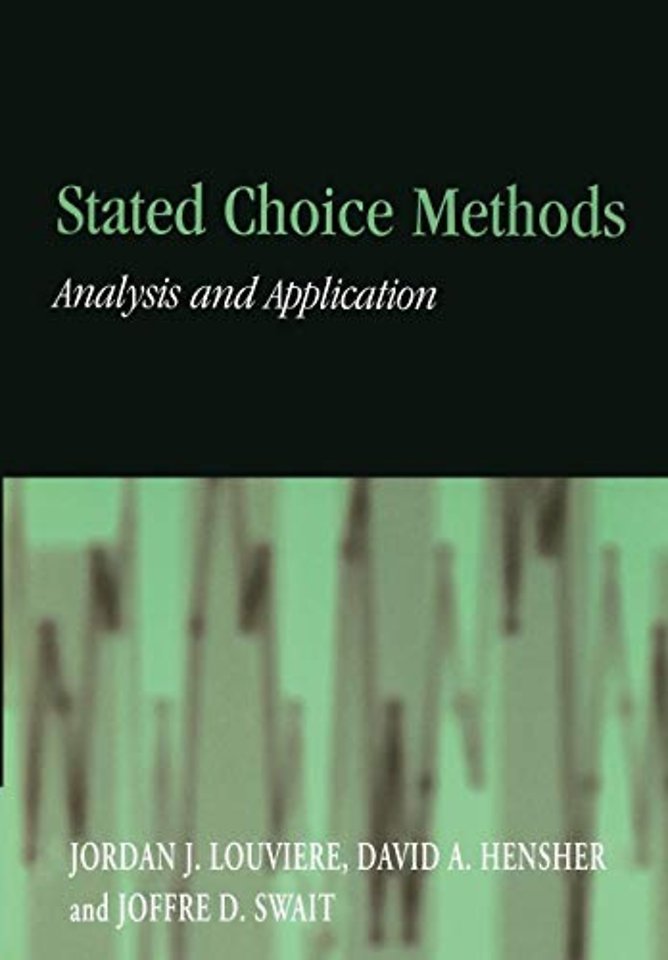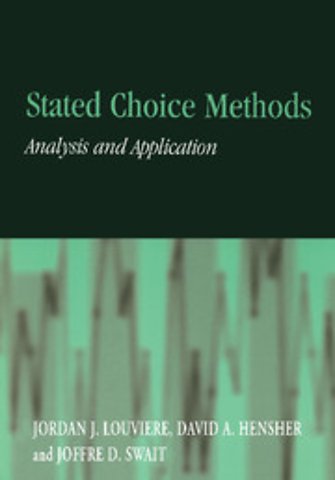Stated Choice Methods
Analysis and Applications
Paperback Engels 2000 9780521788304Samenvatting
Understanding and predicting the behaviour of decision makers when choosing among discrete goods has been one of the most fruitful areas of applied research over the last thirty years. An understanding of individual consumer behaviour can lead to significant changes in product or service design, pricing strategy, distribution channel and communication strategy selection, as well as public welfare analysis. This graduate and practitioner guide, first published in 2000, deals with the study and prediction of consumer choice behaviour, concentrating on stated preference (SP) methods - placing decision makers in controlled experiments that yield hypothetical choices - rather than revealed preferences (RP) - actual choices in the market. It shows how SP methods can be implemented, from experimental design to econometric modelling, and suggests how to combine RP and SP data to get the best from each type. The book also presents an update of econometric approaches to choice modelling.
Specificaties
Lezersrecensies
Inhoudsopgave
Rubrieken
- advisering
- algemeen management
- coaching en trainen
- communicatie en media
- economie
- financieel management
- inkoop en logistiek
- internet en social media
- it-management / ict
- juridisch
- leiderschap
- marketing
- mens en maatschappij
- non-profit
- ondernemen
- organisatiekunde
- personal finance
- personeelsmanagement
- persoonlijke effectiviteit
- projectmanagement
- psychologie
- reclame en verkoop
- strategisch management
- verandermanagement
- werk en loopbaan

